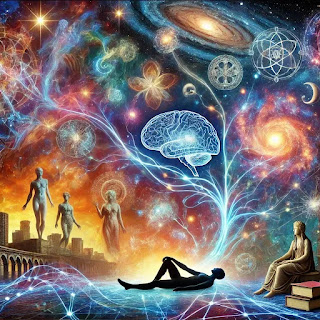Toxic Life !
Toxicity and toxic life are terms often used to describe patterns of behavior, environments, or mindsets that are harmful to one’s mental, emotional, or physical well-being. Let’s break them down in detail:
1. Understanding Toxicity
Toxicity refers to anything that contaminates or pollutes. In human interactions, it translates to behaviors or relationships that drain, stress, or negatively affect someone’s life. Toxicity can come from:
Negative behaviors like manipulation, deceit, and gaslighting.
Poor communication styles such as passive aggression or constant criticism.
Self-centeredness where one prioritizes their needs without regard for others.
2. Types of Toxic Relationships
Toxic relationships are characterized by patterns that can be emotionally and mentally exhausting, often leading to anxiety, depression, or low self-esteem. Common types include:
Friendships that bring you down, make you feel guilty, or belittle your accomplishments.
Romantic relationships where control, lack of trust, or jealousy are prevalent.
Work relationships with bosses or colleagues who bully, micromanage, or create an unhealthy environment.
3. Recognizing a Toxic Life
A toxic life can emerge when toxicity isn’t just limited to one area but has become part of the general environment. This often includes:
Unhealthy lifestyle choices: Substance abuse, poor dietary habits, lack of exercise, and lack of sleep.
Unfulfilling career or work environments: Jobs that are stressful, exploitative, or fail to align with personal values can create burnout.
Social media dependency: Constant comparison or exposure to negativity can foster feelings of inadequacy.
Negative self-talk: Persistent self-criticism or lack of self-care habits.
4. Effects of Toxicity
Living in a toxic environment or engaging in toxic behaviors can lead to:
Mental health issues: Depression, anxiety, and even trauma can result from prolonged exposure.
Physical health problems: Chronic stress from toxic relationships or lifestyle choices can lead to health issues such as high blood pressure, heart problems, and weakened immune systems.
Reduced self-worth: Prolonged exposure to toxicity can make individuals doubt their own value or potential.
5. Moving Away from Toxicity
Identifying toxicity is the first step. Here’s how to manage or leave it behind:
Setting boundaries: Clearly defining what you will and won’t accept can help you maintain control over your emotional space.
Prioritizing self-care: Exercise, adequate sleep, and proper nutrition help in building resilience against toxic influences.
Seeking support: Therapy or support groups can be instrumental in coping with or removing oneself from toxic situations.
Replacing toxic habits with healthier ones: Building positive relationships and embracing constructive habits can create a nurturing environment.
Avoiding or dealing with toxicity can lead to more fulfilling relationships, personal growth, and overall life satisfaction.






Comments